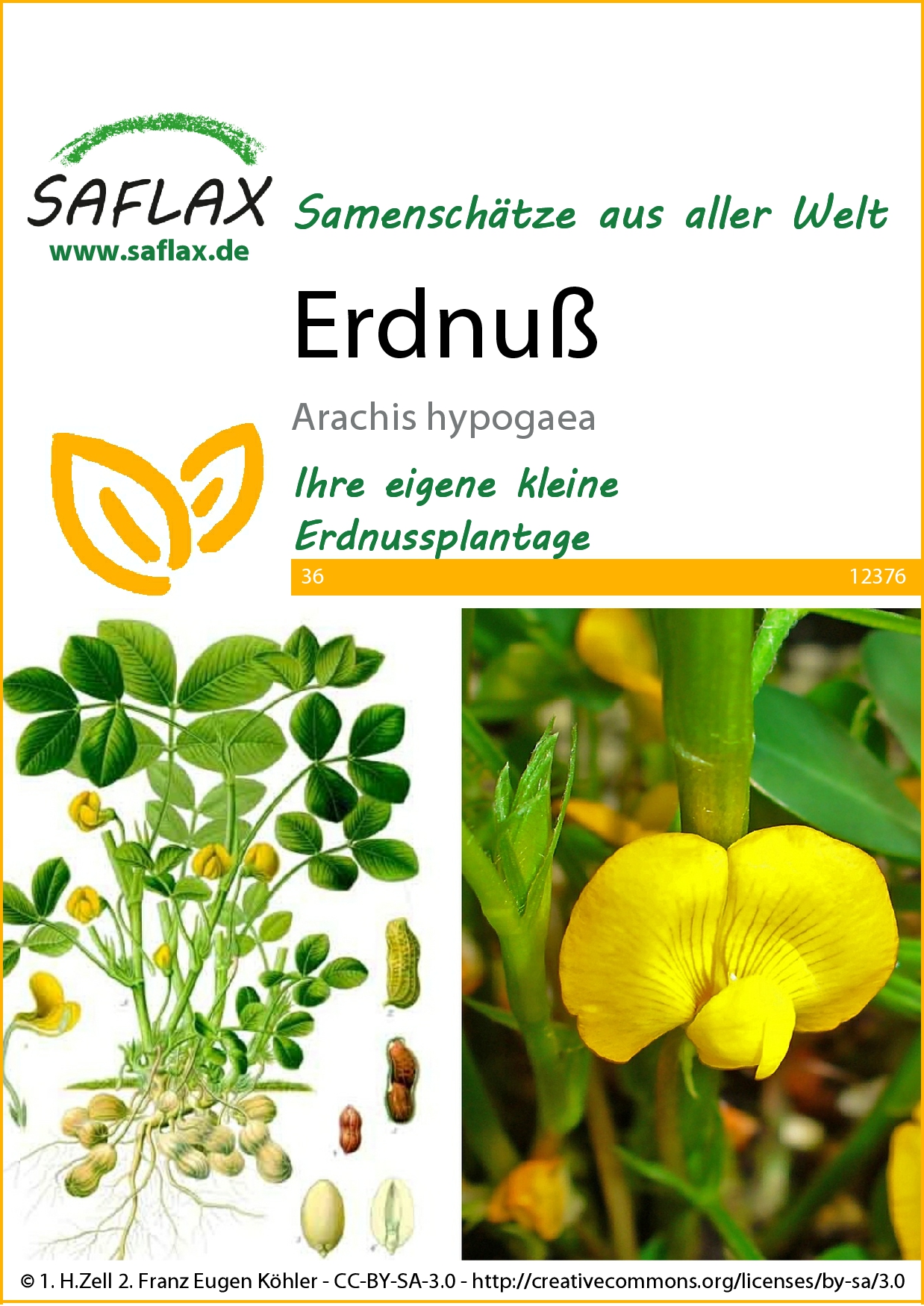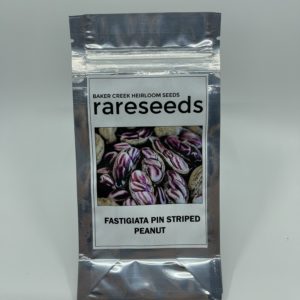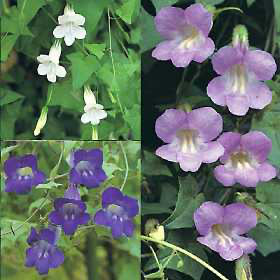Peanut
1,950 د.ك
The peanut is actually not a nut at all, but is botanically one of the legumes. The English name peanut – pea nut is more obvious. Growing your own small peanut plantation is always fun. The plant is annual, grows herbaceous to a size between 30 and 80 centimeters and flowers self-pollinating between May and August. The base of the carpel curves after fertilization and sinks the fruit into the ground, where the peanuts ripen between July and September.
Natural site
The peanut has its origin in the South American Andes and later came to Africa through the slave trade. Even today, the largest cultivation areas are on the African and South American continents and in the USA:
Cultivation
Growing from seeds indoors is best between January and October. First place the seeds in a vessel with room-warm water for twelve hours in order to swell and thus improve their ability to germinate. Only then place it about one centimeter deep in moist potting soil and cover the seeds with the growing substrate. Stretch cling film over the growing container and poke a few holes in the film. This protects the earth from drying out. Every two to three days you should remove the film for 2 hours. This prevents mold from forming on the potting soil. Place the cultivation vessel in a light and warm place with 20 to 25 ° Celsius and keep the cultivation soil moist, but not wet. It usually only takes a few days for the peanut to germinate.
Location
Peanut plants love sunny locations and like to be outdoors in summer.
Care
When repotting after growing, use a large pot with a diameter of 20 to 30 centimeters immediately so that the plant has enough space to lower its fruits into the ground. A mixture of potting soil, sand and clay granules keeps the soil sufficiently loose. Then water thoroughly, but avoid prolonged waterlogging with coasters. Fertilizing is not necessary for peanut plants. When the peanut leaves wither, simply take the whole plant out of the pot, remove the soil, and let it dry for two days. Then toast the peanuts in an oiled pan for better taste and to avoid possible mold and salt them to your liking.
Winter
As an annual plant, there is no overwintering for the peanut. However, you can grow new plants from parts of your unroasted harvest in the coming year.
غير متوفر في المخزون






